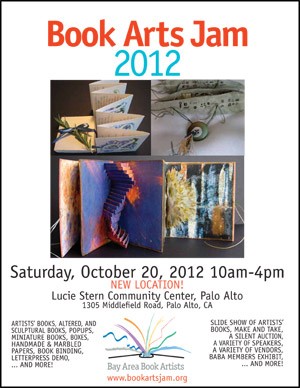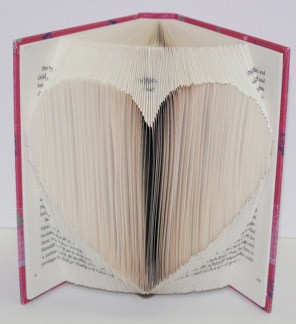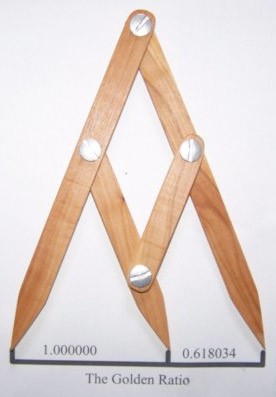Recently I printed these ampersand coasters. Unfortunately for me, the paper on some of the coasters cracked a wee bit as I was printing them. So I’m selling them for 25% off. They come as a set of 8 — two of each color.
Recently I printed these ampersand coasters. Unfortunately for me, the paper on some of the coasters cracked a wee bit as I was printing them. So I’m selling them for 25% off. They come as a set of 8 — two of each color.
How About Orange featured a custom box and envelope template generator the other day. You give it the width, height and length of the box you want to make, and it spits out a PDF template that you can print and cutout. And added bonus is that the PDF is editable in Illustrator.
 I’ve got a table at the Bay Area Book Artist’s Book Arts Jam, in Palo Alto, California on Saturday — October 20 from 10am – 4pm. Directions and a list of all the exhibitors is on the BABA website. If you’re in the area, please stop by and say hello!
I’ve got a table at the Bay Area Book Artist’s Book Arts Jam, in Palo Alto, California on Saturday — October 20 from 10am – 4pm. Directions and a list of all the exhibitors is on the BABA website. If you’re in the area, please stop by and say hello!
 John Green makes what he calls “book origami” — he “up-cycle(s) old books and make them into pieces of art. (He) can make words, symbols and designs just by folding the pages.” You can see some of his designs in his Etsy shop. He also has a how-to ebook that includes templates and patterns you can make yourself.
John Green makes what he calls “book origami” — he “up-cycle(s) old books and make them into pieces of art. (He) can make words, symbols and designs just by folding the pages.” You can see some of his designs in his Etsy shop. He also has a how-to ebook that includes templates and patterns you can make yourself.
 I ran across this gauge the other day on Etsy — it “holds constant the Golden Ratio and takes the math out of creating pleasingly proportioned Art and Craft items.”
I ran across this gauge the other day on Etsy — it “holds constant the Golden Ratio and takes the math out of creating pleasingly proportioned Art and Craft items.”
![]() If you don’t know about the golden ratio (sometimes called golden section), from Wikipedia:
If you don’t know about the golden ratio (sometimes called golden section), from Wikipedia:
At least since the 20th century, many artists and architects have proportioned their works to approximate the golden ratio—especially in the form of the golden rectangle, in which the ratio of the longer side to the shorter is the golden ratio—believing this proportion to be aesthetically pleasing.
There are directions for making one yourself here, as well as a printable transparency or golden ratio ruler that “to see if its design is based on the golden section.”